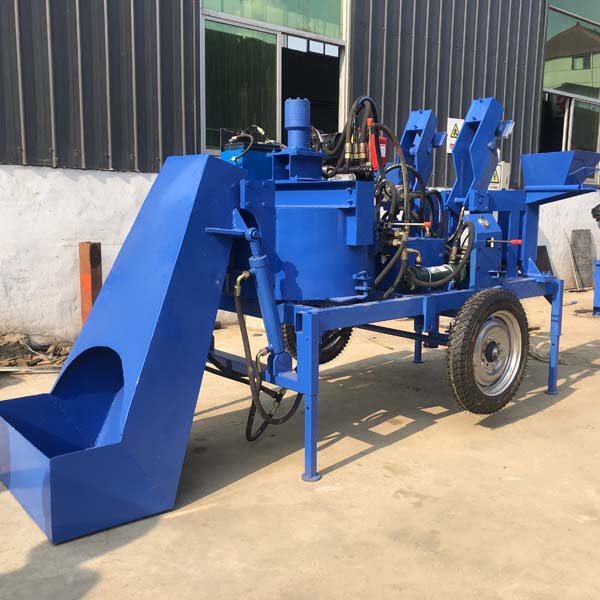
Image source Aiweibrickmachine
Strategies for Upgrading Semi-Automatic Lines to Full-Automatic
Title: Strategies for Upgrading Semi-Automatic Production Lines to Full-Automatic in the Construction Industry
Introduction:
In the rapidly evolving landscape of the construction industry, upgrading from semi-automatic to full-automatic production lines is a strategic move that can significantly enhance efficiency, productivity, and overall competitiveness. This article explores key strategies for successfully transitioning from semi-automatic to full-automatic processes in construction-related manufacturing.
1. **Comprehensive Assessment and Planning:**
Before embarking on the upgrade journey, conduct a thorough assessment of your current semi-automatic production line. Identify bottlenecks, inefficiencies, and areas that can benefit from automation. Develop a detailed plan that outlines the specific components and processes that will be upgraded, ensuring a systematic and well-executed transition.
2. **Technology Compatibility:**
Ensure that the chosen full-automatic system aligns seamlessly with existing technologies and machinery. Compatibility is crucial to minimize disruptions during the upgrade process. Collaborate with technology providers who offer solutions that can integrate with your current infrastructure.
3. **Step-by-Step Implementation:**
To mitigate risks and maintain production continuity, consider a phased implementation approach. Divide the upgrade process into manageable steps, upgrading specific components or processes incrementally. This approach allows for thorough testing and validation at each stage, reducing the likelihood of major disruptions.
4. **Employee Training and Involvement:**
The success of any automation upgrade depends on the competence of the workforce. Invest in comprehensive training programs to familiarize employees with the new technology. Encourage their involvement in the transition process, as their insights can be invaluable for identifying optimization opportunities and ensuring a smoother transition.
5. **Customization for Specific Needs:**
Full-automatic systems should be tailored to meet the specific needs and requirements of your production line. Work closely with technology providers to customize the automation solution, ensuring that it addresses the unique challenges and characteristics of your manufacturing processes.
6. **Data Integration and Analytics:**
Leverage the power of data by integrating analytics capabilities into your upgraded system. Real-time data on production performance, machine health, and other key metrics provide actionable insights for continuous improvement. Analytics-driven decision-making is fundamental to maximizing the benefits of full automation.
7. **Scalability and Future-Proofing:**
Choose an automation solution that is scalable and adaptable to future technological advancements. Future-proofing your production line ensures that your investment remains relevant and competitive in the face of evolving industry standards and emerging technologies.
8. **Return on Investment (ROI) Analysis:**
Conduct a thorough ROI analysis to justify the investment in upgrading to full automation. Consider factors such as increased production capacity, reduced labor costs, decreased error rates, and potential energy savings. A clear understanding of the expected returns will guide decision-makers and stakeholders throughout the upgrade process.
9. **Regulatory Compliance:**
Ensure that the upgraded production line complies with local and international regulatory standards. Addressing regulatory requirements from the outset prevents delays and ensures a smooth certification process for the full-automatic system.
10. **Continuous Monitoring and Optimization:**
Post-upgrade, establish a robust system for continuous monitoring and optimization. Regularly assess the performance of the full-automatic production line, identify areas for improvement, and implement optimizations to maintain and enhance overall efficiency.
Conclusion:
Upgrading from semi-automatic to full-automatic production lines in the construction industry is a strategic move that can yield substantial benefits in terms of efficiency, productivity, and competitiveness. By following a systematic approach, involving employees in the transition, and embracing technological advancements, companies can position themselves at the forefront of innovation in construction-related manufacturing. The successful integration of full automation not only enhances operational capabilities but also future-proofs the business in an increasingly dynamic and competitive market.
